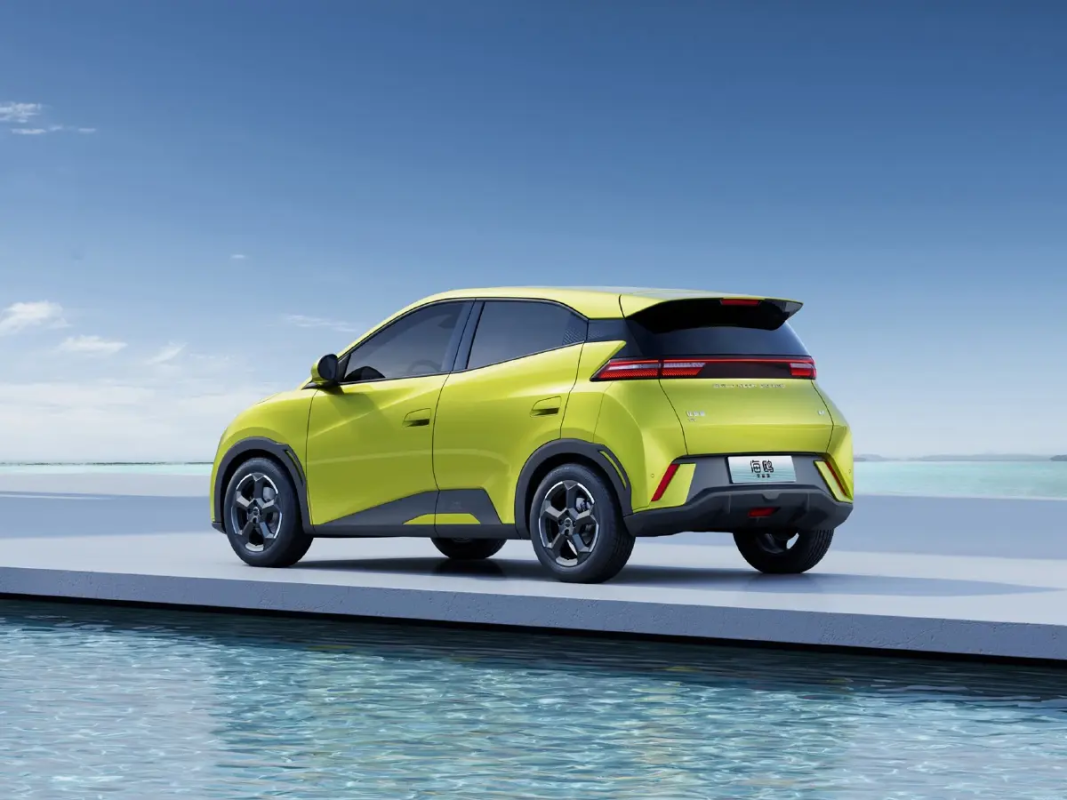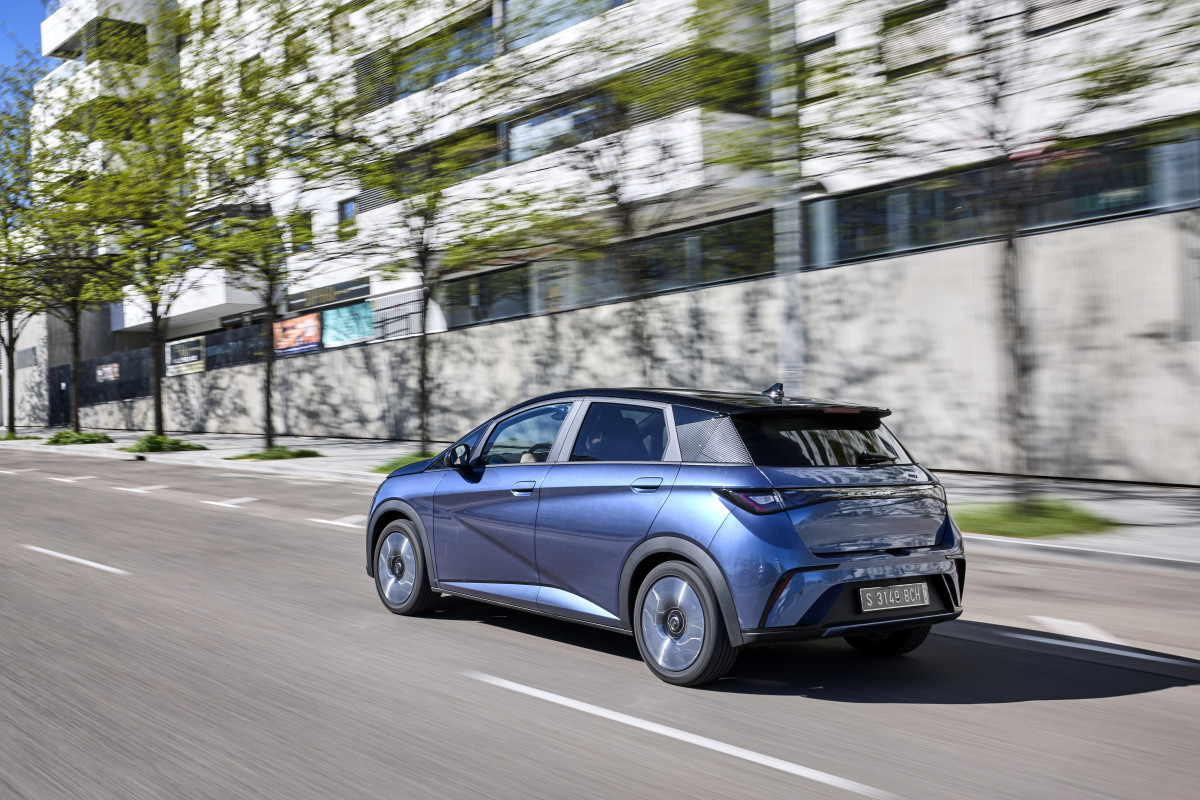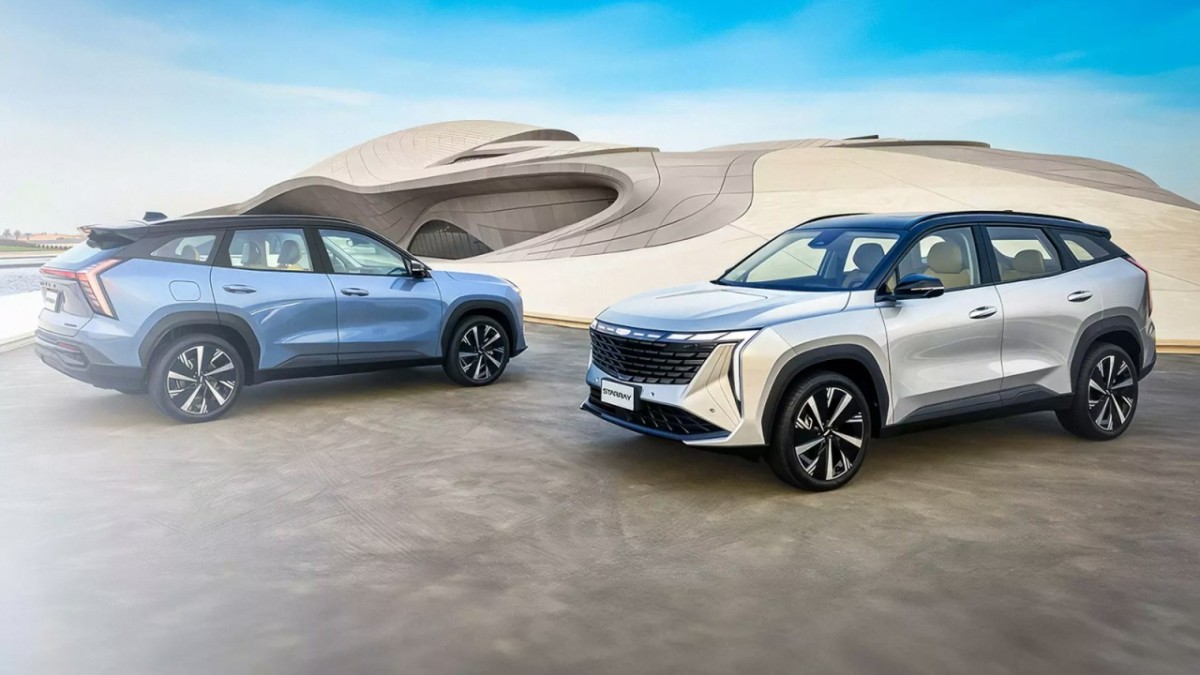Why You’re Not Seeing Chinese EVs on U.S. Roads
Scroll through TikTok or auto forums, and you’ll hear a common refrain: a flood of Chinese EVs is coming to undercut U.S. automakers. The numbers sound scary — hundreds of thousands of cars exported by China as “used” despite never being driven. But for some reality, almost none of them are reaching the U.S., and they’re not going to anytime soon.
China exported over 400,000 “zero-mileage” used vehicles in 2024, mostly EVs. But those went to Latin America, Southeast Asia, and Eastern Europe. U.S. Customs data and direct reporting confirm that fewer than 50 Chinese passenger EVs have cleared legal hurdles to drive on American roads, and those were niche low-speed vehicles like the Wuling Macaron. “Zero-mileage used” is simply not a loophole you can scale. It’s a stunt — and not a very effective one.

BYD
Performance? Good on Paper, But You’ll Never Drive One
Take the BYD Seagull. It’s one of the most talked-about electric hatchbacks coming out of China. It uses a 38 or 44 kWh battery pack, delivers around 190–250 miles of range, and does 0–60 in about 7.9 seconds (source: BYD Global specs). The car weighs under 2,600 pounds, which is lean by EV standards.
The catch? It’s built to Chinese domestic specs. Steering calibration is ultra-light, chassis tuning is floaty, and NVH isolation isn’t up to par with a Bolt EUV or Hyundai Kona Electric. The Seagull isn’t tuned for interstate travel at 75 mph. It was designed for congested cities at 30–50 mph — and that shows in ride feedback and powertrain tuning.
Why You Can’t Just Register One Anyway
Let’s say you find a used Chinese EV brought over the border from Mexico with 310 miles on the odometer. Legally, that qualifies as “used” under tariff law. But here’s what stops it from being registered in the U.S.:
- It lacks FMVSS safety certification (no crash test compliance, no U.S. airbag standards).
- It lacks EPA certification, even for EVs, which still need emissions and onboard diagnostics compliance.
- It likely contains banned connected components (GPS, camera modules, telematics systems) blocked under the 2025 federal rule targeting China-origin software and hardware.

BYD
That’s three federal violations before you even try to get plates on it. If you do manage to get one across the border, and are seen on US roads, expect instant vehicle seizure, registration fraud charges, and fines.
Final Verdict: No Flood, No Wave, No Problem
The panic around a wave of sub-$25K Chinese EVs undercutting the U.S. market is misplaced. The loophole exists on paper. It doesn’t work in practice. You can’t flood a market when the door is bolted shut.
So far, Chinese EVs remain boxed out by tariffs, tech bans, and a mountain of red tape. They’re gaining ground globally — just not here. The idea of walking into a used lot in Texas or Florida and grabbing a zero-mile BYD Dolphin for $18K? Fiction. For now, anyway.
If you want a cheap EV in America, your options are still coming from Detroit, Seoul, or Tokyo — not Shenzhen. If you want a Chinese EV drive now, head down to Cancun for the weekend.

Geely